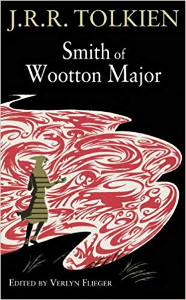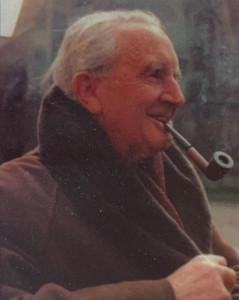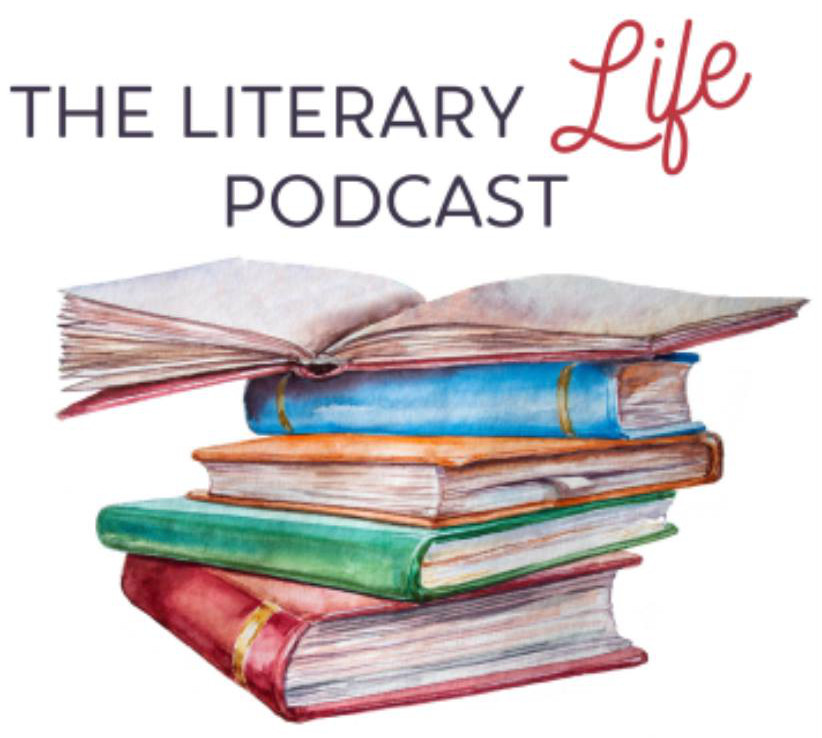Smith of Wootton Major

Author:
J. R. R. Tolkien ![]()
![]() Complete Authored Works
Complete Authored Works
Illustrator:
Pauline Baynes
Publication:
1967 by George Allen and Unwin
Genre:
Fairy Tales, Fiction
Current state:
This book has been evaluated and information added. It has been read but content considerations may not be complete.
Book Guide
Search for this book used on:
As every reader of J.R.R. Tolkien's Tree and Leaf knows, a fairy story that is worth reading at all is worthy to be read by people of all ages. Smith of Wootton Major is such a story.
The village of Wootton Major was remarkable chiefly for a festival held every twenty-four years, the Feast of Good Children, for which the Master Cook baked a very special cake to be eaten by twenty-four especially good children. One year the Master Cook went away on a trip and brought back a new apprentice, a quiet boy called Alf. After Alf came to Wootton Major strange things began to happen. At the next Feast of Good Children there was a star in the piece of cake that went to the smith's son. When that boy grew up and became a smith himself his work was stronger and more beautiful than any that had been seen before. And there were perquisites that came with the star—some beneficent and some frightening.
The story of Smith of Wooton Major follows the lines laid down by its author in his definition of the qualities peculiarly exemplified by the fairy story: fantasy, recovery, escape, consolation. They are all there and with them "the piercing glimpse of joy."
From the dust jacket of the 1967 Houghton Mifflin Company edition
To view an example page please sign in.
Resource Guide
Episode 70: Why Read Fairy Tales?
Released in 2020 by The Literary Life
Available formats: Streaming Audio
Length: 1 hr. 29 min.
View on the The Literary Life site
"Angelina Stanford and Cindy Rollins tackle the topic of fairy stories, discussing the what, why and how of reading them. Angelina shares the distinctive characteristics of fairy stories in contrast to other types of stories, such as myths. They deal with the question of whether fairy tales are 'escapist', the influence of the Grimm brothers scholarly work on interpreting fairy stories, and allowing the story to unveil its deeper truths without forcing meaning onto it.
Angelina gives an illustration of how to see the gospel messages in fairy tales by talking us through the story of Sleeping Beauty. She refutes the ideas that fairy tales are about human romance or are misogynistic. She also highlights some of the Enlightenment and Puritan responses to fairy tales that still linger with us today. Cindy and Angelina also discuss some common concerns such as the magical, weird, or scary aspects of fairy tales. Angelina also makes a distinction between folk tales, literary fairy tales, and cautionary tales."
Find This Book
Search for this book used on:




